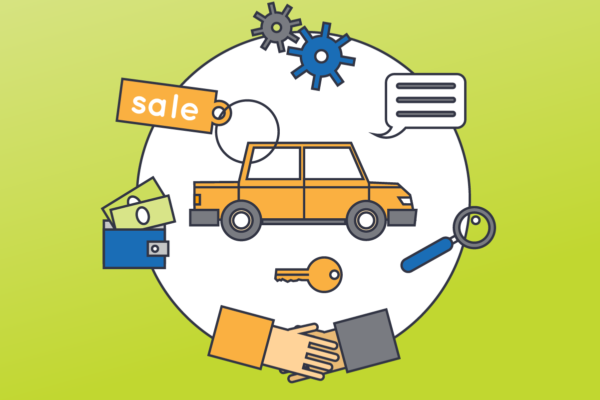Your Leased Car Needs To Be Well Maintained To Avoid End-Of-Lease Fees
Drivers who lease vehicles accept more responsibility than those who elect to buy. In exchange for lower monthly payments, they either have to return their vehicles at the end of the term (typically three years) and meet all the conditions spelled out in their lease agreements or buy out the lease and purchase their leased car. That means keeping the vehicle free of “excess wear and tear,” which typically includes — but is not limited to — scratches, dents and dings, fabric stains and cigarette burns.
If you decide that leasing is for you, here are six ways to take care of your leased car and avoid costly penalties at turn-in.
1. Treat It Like a Rental
When you drive a leased vehicle, you should treat them like long-term rentals. In essence, that’s exactly what they are: Your dealer retains ownership and expects you to return it in excellent condition. If you don’t, depending upon the terms of your agreement, you could incur charges they will use to cover the cost of reconditioning.
3. Know the Rules
You wouldn’t sign a rental agreement without reading the fine print, so why sign a car lease agreement without doing the same? One key element to look for is a clear definition of excess wear and tear. If it isn’t spelled out in the lease agreement, your dealer should have no objection to writing an addendum that will clear up any gray areas.
3. Watch Your Mileage
There is no gray area when it comes to mileage: If you exceed the maximum to which you agreed, you will pay the price. A typical cap is 15,000 to 18,000 miles per year, and if you are not a typical driver, that may not suffice. Do you have a long commute? Are you prone to spontaneous road trips? Will you be sharing the leased car with other drivers? If so, better to pay or negotiate for more miles up front than to be hit with a penalty at the end.
4. Check the Tires
With proper care, your tires should still be roadworthy after three years. Some vehicle lessees choose to replace the factory tires with another set and put the unused tires back on before returning the vehicle, but this is a costly and, ultimately, unnecessary move. You can avoid wearing out your tires by keeping them inflated to the correct pressure, rotating them periodically and making sure your vehicle isn’t “pulling” to one side. If it is, ask your dealer for a free alignment.
5. Check the Oil
Car lessees are required to return to the dealership for periodic maintenance, including oil changes, or have their vehicle serviced somewhere else. Don’t skip a single appointment. New engines tend to run hot and require the detergents and other additives present in fresh oil to avoid the formation of sludge, which can affect engine performance and, yes, cost you money at turn-in.
6. Wash and Wax
Washing and waxing your leased vehicle will keep it looking good and protect it from environmental damage. If you live in a cold climate, you may be tempted to “let it go” during the winter months, but road salt and dirty snow can degrade the finish. And wherever you live, birds are your enemy. Their droppings can eat through any finish and should be removed immediately. For added protection (and gloss), hand-wax your leased vehicle once or twice a year.
With all these steps in mind, you should have no trouble maintaining your leased car and avoiding added costs when you turn it in… in fact, you may even decide to keep it!







